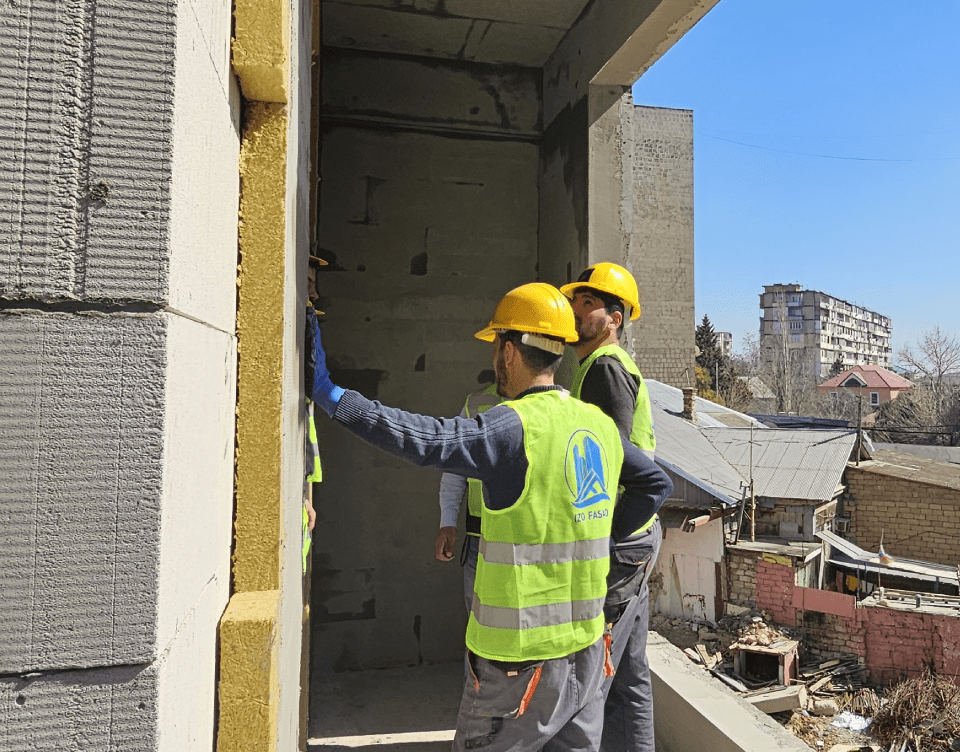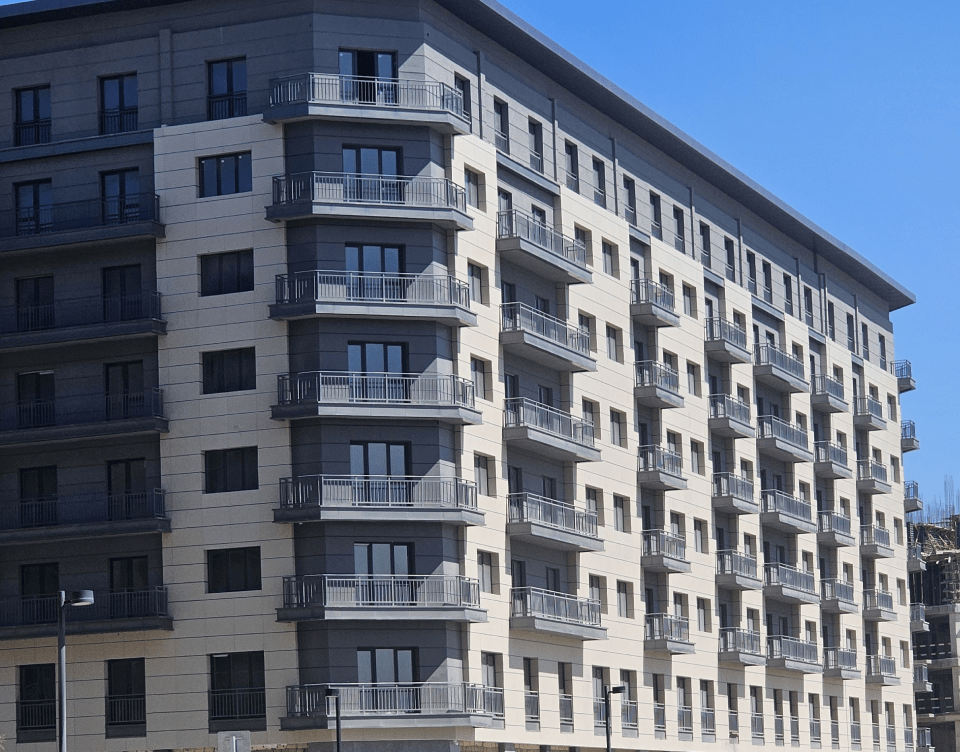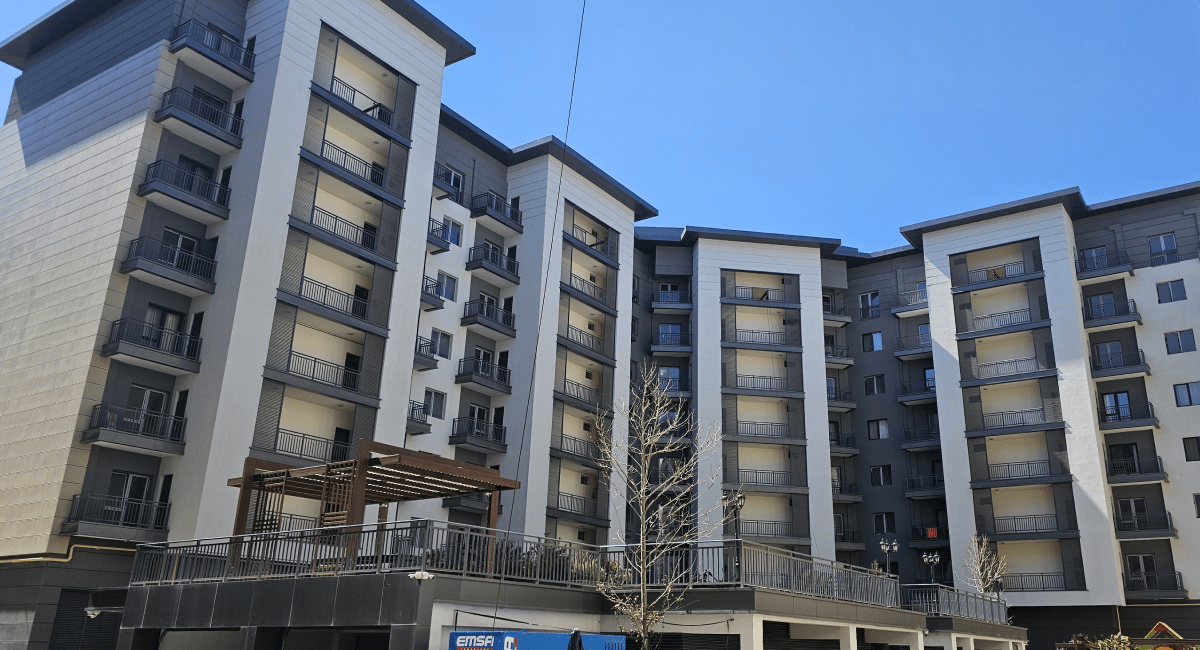The Benefits of Cladding: Enhancing Aesthetics and Performance
Cladding, the external layer applied to buildings, has emerged as a versatile and impactful architectural feature with numerous benefits. Beyond its aesthetic appeal, cladding plays a vital role in enhancing building performance, durability, and sustainability.
Aesthetic Enhancement:
Cladding offers endless possibilities for architectural expression, allowing designers to create visually stunning facades that reflect the character and identity of a building. With a wide range of materials, colors, textures, and finishes available, cladding can be tailored to suit any design aesthetic, from sleek and modern to timeless and traditional.
Weather Protection:
One of the primary functions of cladding is to provide protection against the elements, including rain, wind, sun, and temperature fluctuations. By forming a durable outer shell around the building, cladding shields the underlying structure from moisture infiltration, UV radiation, and thermal extremes, preserving its integrity and extending its lifespan.
Thermal Insulation:
Cladding systems can incorporate insulation materials that enhance thermal performance, reducing heat loss in winter and heat gain in summer. This not only improves indoor comfort for occupants but also reduces energy consumption and lowers utility costs, contributing to overall energy efficiency and sustainability.
Structural Support:
In addition to aesthetic and functional benefits, cladding can provide structural support and reinforcement for buildings. Depending on the material and design, cladding systems may enhance structural stability, increase load-bearing capacity, and mitigate the effects of seismic activity or other external forces, improving overall building resilience.
Maintenance and Durability:
Cladding serves as a protective barrier that helps minimize the need for maintenance and repairs by shielding the underlying structure from wear and tear. High-quality cladding materials are resistant to corrosion, fading, cracking, and other forms of deterioration, ensuring long-term durability and aesthetic appeal with minimal upkeep.
Environmental Sustainability:
Many cladding materials are eco-friendly and sustainable, offering benefits such as recyclability, energy efficiency, and reduced environmental impact. By choosing sustainable cladding options, building owners can minimize their carbon footprint, conserve natural resources, and contribute to a healthier planet.
In conclusion, cladding is much more than just a decorative element—it is a multifunctional building component that enhances both aesthetics and performance. From providing weather protection and thermal insulation to supporting structural integrity and promoting sustainability, cladding plays a crucial role in shaping the built environment for the better.






